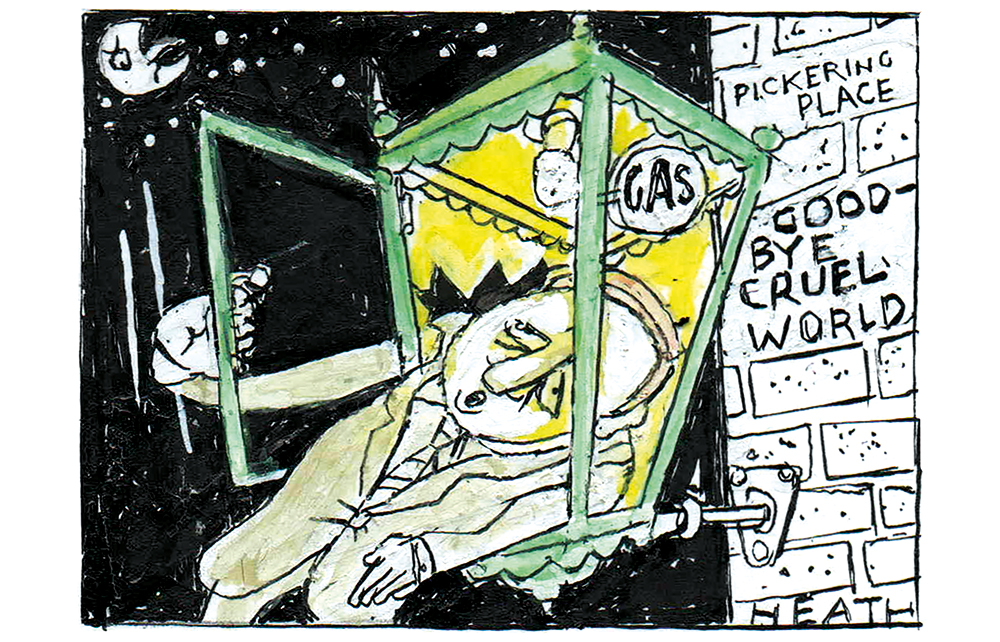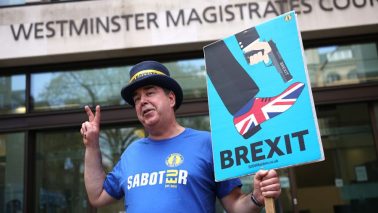Turn down an alley off St James’s Street (the east side), lined with old painted panelling, and you are in Pickering Place, which pub quizzers say is London’s smallest public square. It is certainly charming, with stone paving, wrought iron railings, Georgian windows and a sundial on a pedestal.
A gaslight on a wall bracket used to glow sympathetically in the space. Now Westminster Council has replaced it with an LED. It had threatened to do the same for all its 299 gaslights still under council control, but a rearguard action has halted its plans.
The beauty of gaslights may depend on your starting point. They were, at a crucial moment of his life, anathema to John Ruskin. As though the railway to Venice wasn’t bad enough, he was shocked in 1845 to find by the Grand Canal, ‘gas lamps! – on each side in brand new iron posts of the last Birmingham fashion’.
But walk down the Mall in London, away from Buckingham Palace. Along the left, north side, by the garden walls of Clarence House, St James’s Palace and Marlborough House, gaslights give a hazy glow through the plane tree branches. All along the opposite, south side of the wide boulevard, harsh electric lights blare out. It seems no coincidence that, like the carefully wild verges of cow parsley and fritillaries on the north side, the gas lamps have enjoyed the conservationist sensibilities of the former Prince of Wales, now King.
His gaslights, also notable at Buckingham Palace, are among the 1,200 surviving in London outside Westminster Council’s control. The council has been dogged. Gas ‘doesn’t provide sufficient light to illuminate the highway’, it insists. But you can’t realistically call a footway under the trees by St James’s Palace a highway, nor the flagstones of Pickering Place.








Comments
Join the debate for just £1 a month
Be part of the conversation with other Spectator readers by getting your first three months for £3.
UNLOCK ACCESS Just £1 a monthAlready a subscriber? Log in